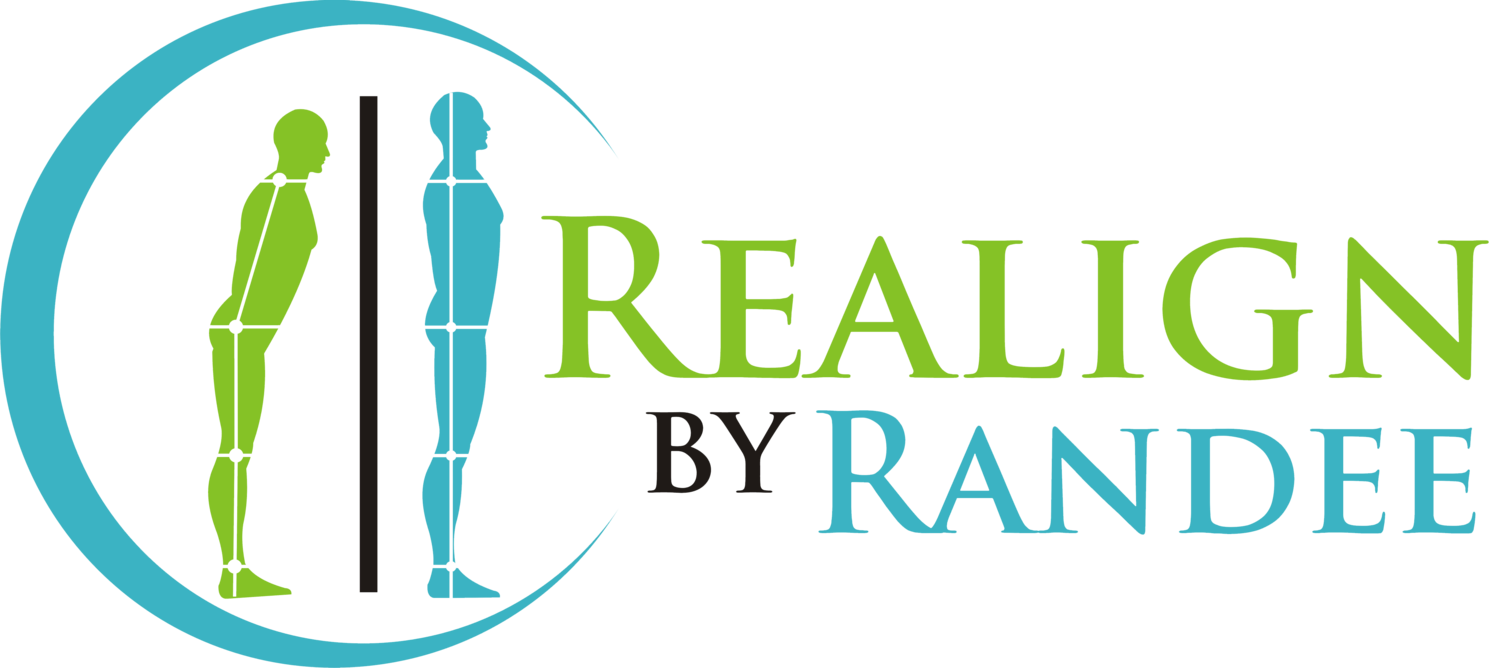What Does Shoulder Pain Mean and How to Get Shoulder Pain Relief?
“Move it or lose it,” applies well to the shoulder. In our modern world of amazing technology, we can do so much with the touch of the finger. The problem for our bodies, especially with the shoulder, is that we don't reach up or out nearly as much. If we use the arms frequently it is likely repetitive motion, therefore still not using the shoulder in all the ways it was designed.
Using devices such as phones, iPads, tablets, and laptops often causes our shoulders to round forward. This position shortens and contracts the muscles in the front while stretching and lengthening the muscles in the back. As a result, neither set of muscles can perform their functions effectively. Although we may manage this imbalance for a while in our modern world, favoring one side for repetitive tasks can lead to further misalignment, causing one shoulder or shoulder blade (scapula) to shift differently from the other.
Misalignments and posture deviations can be present and not cause a symptom. What if you decide to play a new sport, play much more than usual, reach into the back seat of the car, do some heavy cleaning, or pack and move? All of a sudden pain starts in the shoulder or upper arm. Many activities get the blame for an injured or painful shoulder. It is likely the faulty shoulder position or any other asymmetry in the body that is the root cause of the problem.
“We seem to forget that muscles that are not used turn into muscles that cannot be used (at least not without consequences.)” - Pete Egoscue
In the shoulder osteoarthritis, bursitis, rotator cuff tear, rotator cuff tendonitis, biceps tendonitis, or labral tear, all can occur due to different forces on the bones, cartilage, tendons, and ligaments. The forces are likely due to faulty alignment causing friction, tension, compression, or springing on these structures. There were likely some signs of asymmetry before pain set in.
An added complexity to the reason for shoulder injuries is the rest of the body. Living in our modern tech world results in frequent sitting. The tight hips and pelvis with further uneven muscles are also an influential part of the problem with shoulder pain. Their deviation from the body's proper alignment affects the shoulder and head position when we stand up.
The best way to help a shoulder fully heal or prevent more shoulder injuries and pain is realignment or restoring the balance of the muscles. Physical therapy, occupational therapy, and acupuncture are great for rehabbing localized pain. But, to take this a step further and prevent chronic shoulder pain, realignment of the body is key.
Below is a video of a routine that was created to help address some of the common muscle imbalances that those suffering from shoulder pain experience. This particular routine was created by Pete Egoscue for his revised version of the book, “Pain-Free: A Revolutionary Method for Stopping Chronic Pain.” It is instructed by Randee Engelhard, MPT, PAS, and AET, and certified by Egoscue Institute at the advanced level. Check out the video
